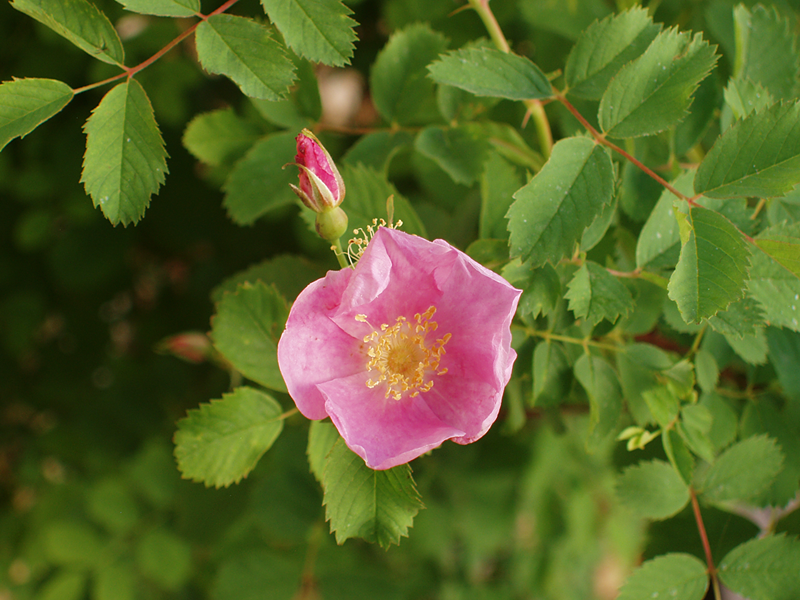
The beauty of nature really is such an inspiration!
Blog for L J Mundy Studios

 While on my way to take pictures of the desert last weekend, a funny thing happened: I missed a turn and ended up at Hoover Dam.
While on my way to take pictures of the desert last weekend, a funny thing happened: I missed a turn and ended up at Hoover Dam. This shot was taken on the road to Nelson's Landing, on the same day. The clouds were gathering, it was windy, and in fact we got some rain later in the day. I just love the light, and the yellow Brittlebush that were in bloom, and the rugged mountains with the cloud shadows marching off into the distance.
This shot was taken on the road to Nelson's Landing, on the same day. The clouds were gathering, it was windy, and in fact we got some rain later in the day. I just love the light, and the yellow Brittlebush that were in bloom, and the rugged mountains with the cloud shadows marching off into the distance. noticed that it is the most efficient water collector I have ever seen. If you spray the top of the cactus, the water is focused almost magically towards the central part of the cactus and runs down to its base. I keep thinking there must be a way to use this fact, some enterprising engineer ought to take a look at the structure of these and figure out how to harness their water-focusing powers!
noticed that it is the most efficient water collector I have ever seen. If you spray the top of the cactus, the water is focused almost magically towards the central part of the cactus and runs down to its base. I keep thinking there must be a way to use this fact, some enterprising engineer ought to take a look at the structure of these and figure out how to harness their water-focusing powers!
 These flower photos may look familiar, as I used two of them in the quilt that I talked about on my first post.
These flower photos may look familiar, as I used two of them in the quilt that I talked about on my first post.
 Sometimes things are so obvious that it may take us awhile to recognize them.
Sometimes things are so obvious that it may take us awhile to recognize them.


